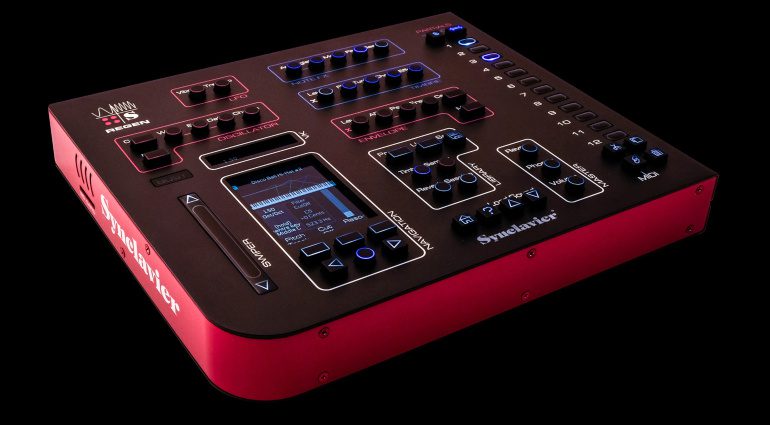https://www.synclavier.com/synclavier-regen/

Yeah, I know what you are saying. There are two real advantages to running software in a dedicated hardware box:Jackjackdaw wrote: ↑01 Nov 2022I watched the Loopop video on this. It seems to me such a silly idea. Back in the day they were dying to get the synth inside the computer, now we have the synth in the computer they bring it back out and stick it in a box, with no computer editor and charge an arm and a leg for it.
Hehe. Great Rant.selig wrote: ↑01 Nov 2022UI RANT:
Synclavier never had the UI figured out. Back when I was the “Fairlight guy” in Nashville, Synclavier offered me free training in hopes of selling a system to the studio where I worked. I had learned the CMI basics in a three day training session. I studied Synclav for 6 weeks and never could make any music on it.
It claimed to be superior to CMI because it had the hardware interface, but in practice they kept changing functions and moving them around (weekly updates in some cases, which turns out are not always a good thing). One ‘final straw’ example was the explanation for the CHORUS effect. There was a dedicated CHORUS button on the front panel, so simple right? However, they started using that for something else, and you had to press a different button for CHORUS. It get’s worse - the button showed CHORUS as active when it was flashing mostly off (or on, can’t remember!). Not when it was on, or off, or flashing - you had to remember if it was ON when it was flashing mostly on or mostly off (flashing regularly had a DIFFERENT function/meaning).
So all the effort and advantage into a hardware interface was erased because you had to REMEMBER so many workarounds and light patterns that it was FAR more difficult to work with than the CMI with it’s 100% software interface (and light pen!). This was likely the first time I REALLY experienced the software advantage for complex systems.
Of course I could not recommend the studio purchase of the Synclavier system after that experience, probably the exact opposite of what they had hoped would happen.
Side note – at that same time period I had also learned the SSL, which WAS a great integration of hardware and software which was done right. When they updated things they had a solid foundation to build on, meaning it was obvious they had planned for new features in such a way as to not ‘break’ existing features when added, unlike the Synclavier!
I keep "looking at" (thinking about buying) hardware and thinking these thoughts.selig wrote: ↑01 Nov 2022There was a dedicated CHORUS button on the front panel, so simple right? However, they started using that for something else, and you had to press a different button for CHORUS. It get’s worse - the button showed CHORUS as active when it was flashing mostly off (or on, can’t remember!). Not when it was on, or off, or flashing - you had to remember if it was ON when it was flashing mostly on or mostly off (flashing regularly had a DIFFERENT function/meaning).
Users browsing this forum: Rising Night Wave and 5 guests